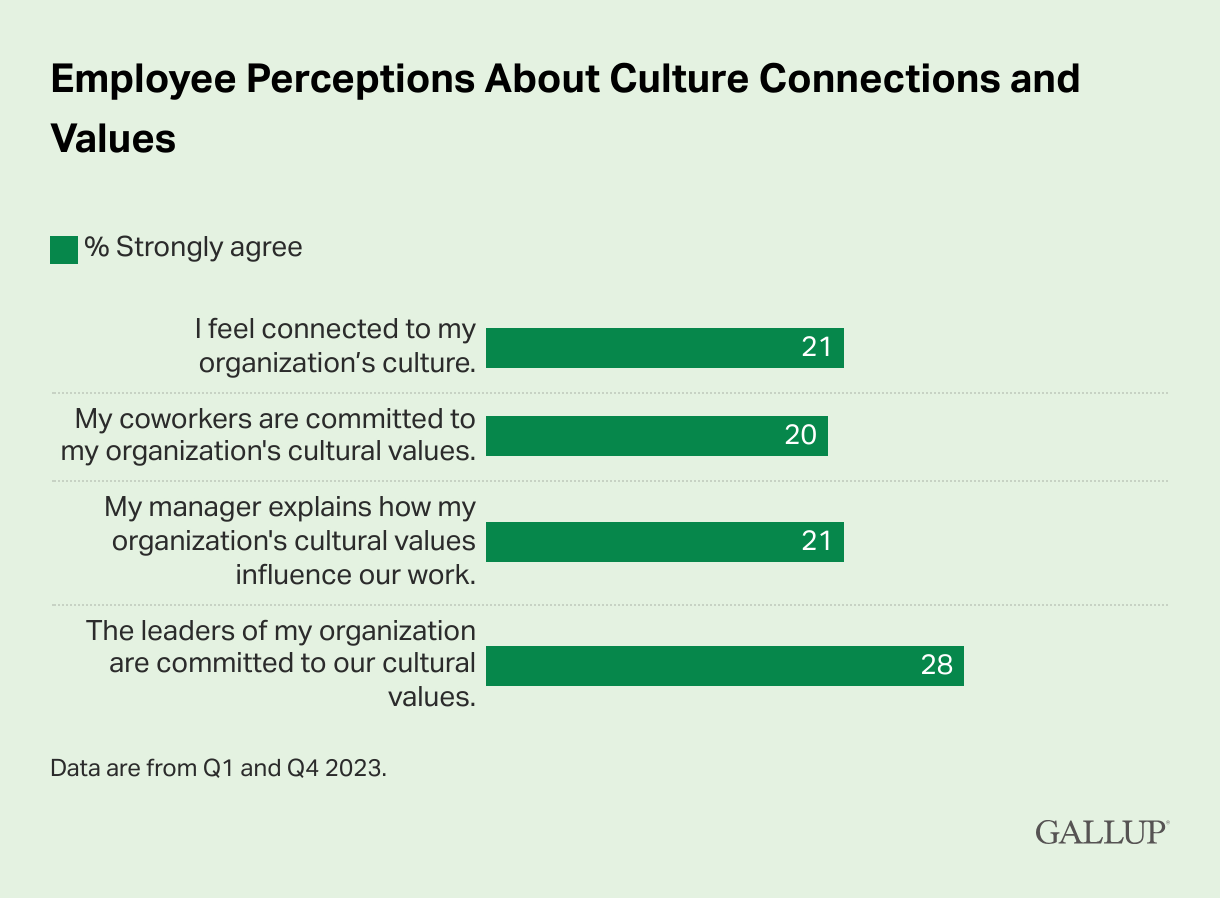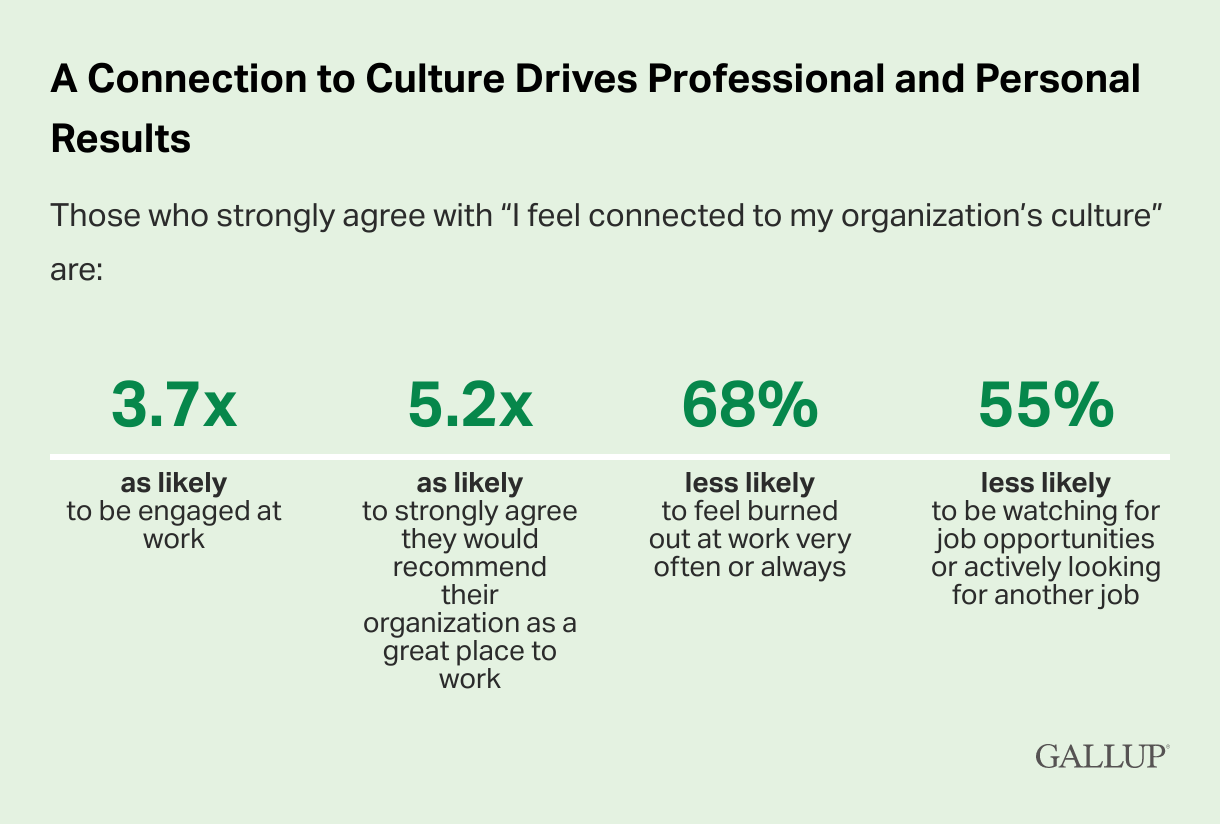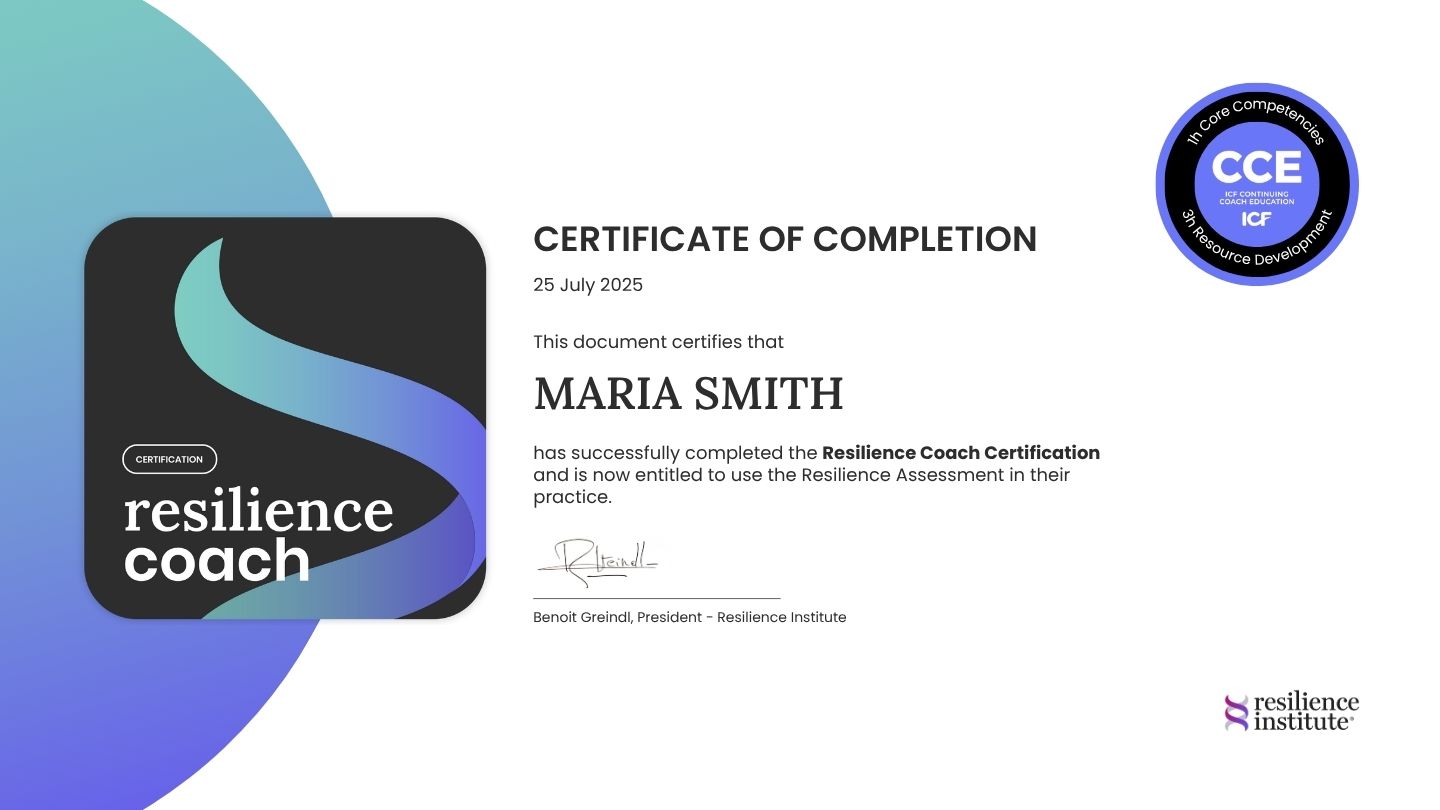
How Resilience Enables Values-based Leadership
In my discussions with leaders around the world, the challenge is clear: how do we maintain high performance while building a culture of trust, autonomy, and care?
The answer is equally clear but requires effort: embrace resilient, values-based leadership.This isn’t just a strategy; it’s a necessity for organizations that aim not just to survive but thrive.
Why Values Matter
Values-based leadership is transformative. It suggests that aligning actions with core values breeds confidence, decisiveness, and mental well-being. This alignment is the cornerstone of a purpose-driven, high-performance organization. When leaders and their teams operate incongruence with their values, they create a culture where trust, autonomy, integrity, performance, and care are not just ideals but lived experiences.

The Problem of Distress
Yet, many organizations are mired in a state of constant distress. Overwhelm and anxiety are ubiquitous, leading to quick fixes and short-term thinking. This environment shifts us away from our values, causing unstable operations and reduced leadership effectiveness.Remember, a leader’s stress doesn’t stop with them; through emotional contagion, it spreads across the organization, eroding the very culture they might be striving to build.
Introducing Resilience
The remedy? Start by building resilience at the core of leadership. Resilience is more than bouncing back; it’s about forging ahead with confidence and clarity. It begins with understanding our resilience levels, both individually and collectively. Tools like theResilience Institute’s assessment offer a starting point, and many organizations are adopting human resilience as a KPI that enables a purpose-driven, values-based culture.
The Four-Step Plan to Building Resilience
- Measure Resilience: Start by measuring resilience. What are our strengths? Our risk? This understanding is foundational.
- Define Interventions: Targeted training programs are the next step. Focus on areas such as:
- Bounce: How we navigate adversity. This involves tools for self-awareness, recognizing signs of overload, and strategies for withdrawal and managing physical distress.
- Recovery: Techniques like Tactical Calm help establish tranquility and reset our focus.
- Energize Body: Well-being encompasses sleep, movement, and micro-habits that sustain our physical health.
- Emotional Intelligence: Managing our reactions, fostering positivity, and developing empathy are crucial.
- Flow: Achieving focus, presence, and a state of flow enhances our ability to adapt to situations with agility.
- Post-training Measurement: Assess the impact. Which areas of resilience have improved? Where do challenges remain? This holistic view informs our next steps.
- Map Resilience to Values: The final and critical step is linking resilience practices to organizational values. Innovation thrives on trust, calm, and flow. Boldness emerges from focus and assertiveness. Care is built on empathy and presence.
By mapping resilience to company values, we demonstrate the “how” to achieve your “why.” From aspirational words on walls in the hallway (or the About Us page of the website), your values become verbs. Instead of saying, “We value care,” employees know how to be caring.
The Power of Resilience in Leadership
Resilience is the foundation of values-based leadership. It’s about creating a leadership styleand organizational culture that is antifragile, enabling growth through challenge and change.It isn’t just about surviving; it’s about thriving. This approach doesn’t negate the reality ofchallenges or stress. Instead, it equips leaders and their teams with the tools to navigate thesechallenges without losing sight of their values.
Creating a Culture of Resilience
The impact of a resilience-focused, values-based leadership approach is profound. It leads to a culture where:
• Trust is earned and reciprocated, creating a solid foundation for all interactions.
• Autonomy is encouraged, empowering individuals to make decisions aligned with organizational values.
• Performance is enhanced, not through pressure, but through a supportive environment that recognizes and builds on each individual’s strengths.
• Care is a priority, not only for the tasks at hand but for the well-being of each team member.

Conclusion: The Resilient Leader
The journey towards becoming a resilient, values-based leader is continuous. It requires commitment, reflection, and the willingness to adapt. By embedding resilience into the fabric of leadership, we unlock the potential to not only lead with purpose but to inspire those around us to do the same.This isn’t just about building better leaders; it’s about fostering a culture that is resilient, values-driven, and equipped to face the challenges of the modern world. Resilience empowers leaders to act with intention, aligning every decision and action with their values. It is the engine that drives values-based leadership, transforming challenges into opportunities for growth and learning. As we cultivate resilience within ourselves and our organizations, we pave the way for a future where leadership is not just about navigating challenges but shaping a thriving, values-aligned future.

